Large and small meal crust
Content
- Small mealworm
- Big mealworm
- Small Black Hrushka
- Khrushka flour in the house
- Meal from mealworm
Special features
Tunabrio molitor (tenebrio molitor) - a bug up to 18 mm in size has an oblong body covered with black or brown-brown shell. It belongs to the family of darkling beetles whose representatives are widespread. Adults can live even in cool rooms, but the larvae need warmth for development. At negative temperatures, insects die.
The hrushak beetle reproduces quite actively: the female can lay up to 1,000 brilliant milky-colored eggs throughout her life. Within 10 days, the larvae, which are popularly called mealworms, appear from them. The mealworm larvae are up to 3 cm in length. They have very developed upper jaws and legs, thanks to which they can quickly move along the surface of loose products.
There are several types of hruschakov:
- Small mealworm - beetle, having a flat body up to 5 mm in length of a red-brown shade.The insect has wings, but cannot fly. Due to the presence of glands, the pest secretes a specific liquid, with the help of which it scares off enemies. The larvae of the small hruschak grow to 7 mm, they are born from sticky oval eggs of yellowish color. The full development cycle lasts about two months;
- Big mealworm - brown-black flying insect of the beetle detachment with the belly of a red shade. Adult individuals can be up to 18 mm long. Despite the absence of eyes, the larvae of the large hruschak are very mobile thanks to the tenacious legs and claws. Can grow up to 30 mm. Large tormentors prefer to settle in places with high humidity;
- Small Black Hrushka - black or brown pest, the size of which reaches up to 5.5 mm. It differs from the small meal crust in large size. It has a white belly and matt-shiny surface on the outside. Its light brown larvae reincarnate into a pupa during the year.
Where flouroids live
Favorite habitats of winged pests are warehouses and granaries, and there may also be a mealworm in the apartment.Beetles are able to penetrate into a dwelling through cracked walls, small holes and crevices in grocery bags, bags or boxes. Insects usually settle under wallpaper, baseboards, in storerooms and kitchen cabinets. Especially they prefer food storage places, as stale cereals, dried fruits or legumes are not only a source of nutrition, but also an ideal breeding ground.
A large Khrushchak loves moisture, small flour-crusty coons live well in apartments with centralized heating.
Ways of penetration
Penetrating flour-asparagus can enter the apartment in various ways.
- Brought into the house products - the main way of penetration of the pest into the living room. Many have had to deal with a situation where bugs or worms move in a purchased bag of cereal or flour.
- Insects can start in the attic, and from there it is easy to crawl into the apartment.
- The absence of a mosquito net on the window is another available pest entry path.
What are harmful and dangerous insects
Whether a hrushka beetle is dangerous for a person, such a question arises among many who have discovered this flour pest in their kitchen.The winged insect can thoroughly spoil the bulk products, leaving them with their feces and parts of the skins of the larvae. Contaminated cereals or flour should not be used as food.
On a note
You should not risk your health and eat insect-infected products. This is especially true of children and people suffering from gastrointestinal diseases.
Methods of struggle
Knowing how to get rid of the meal sprout at home, you can prevent its spread and thereby keep stocks unspoiled. Sifting contaminated foods is not the best way to fight. Such a procedure will help eliminate the adult individuals and larvae of the hrushaka, but most of the pest eggs will remain in place.
- It is preferable to get rid of infected bulk products, legumes or dried fruits in order to avoid large-scale distribution of insects.
- Dishes and furniture in which infected cereals were stored should be treated with bleach solution.
- Housewives who want to keep a supply of bulk products should be thoroughly calcined in the oven.
- Since the flour beetles do not tolerate excessively low temperatures, you can get rid of them by the method of freezing.
- Kitchen cabinet shelves, walls and floors should be treated with vinegar or soda solution.
- All the cracks under the plinths and other hard-to-reach places are treated with insecticidal preparations. As this, you can use Pyrethrum or Dichlorvos. Powder Fenax or Riapan will help with the large-scale distribution of insects. You can also decompose the bait balls of powdered sugar, flour and borax, taken in equal quantities.
- After 2 weeks, the treatment should be repeated to destroy the surviving individuals.
Prevention
- You should regularly inspect cereals, flour and other bulk products for the presence of pests. After all, beetles prefer to wind up in stale products. That is why you should not make too large stocks.
- Lack of moisture is another important condition that must be observed to prevent the spread of pests.
- For storage of bulk products, it is preferable to use hermetic closable containers.
- After using the contents of the container, it must be thoroughly washed and dried.This will help get rid of the eggs of the hruschak, which could remain on the surface of the container.
- Chamomile, bay leaf, garlic, lavender, citrus peel will help prevent the spread of insects. Their smell repels pests.
Professional processing
With a large accumulation of insects, it is not always possible to destroy pests independently. In such situations, it is necessary to seek help from special pest control services, whose experienced specialists have experience in dealing with domestic pests. During this treatment, it is contraindicated for children and pets. It will not be superfluous to take out food, indoor plants, children's clothing and toys.
Regular cleaning and proper storage of products are the most reliable and effective means of protecting products. Observing these simple rules, you will not have to fight with the mealy beetle. Well, and if it happened to identify pests in a particular product, you should not hesitate or panic - you need to start fighting with them as soon as possible.

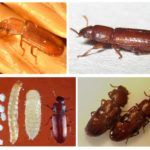
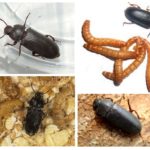
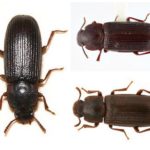
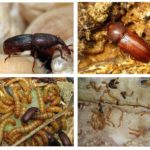
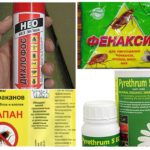
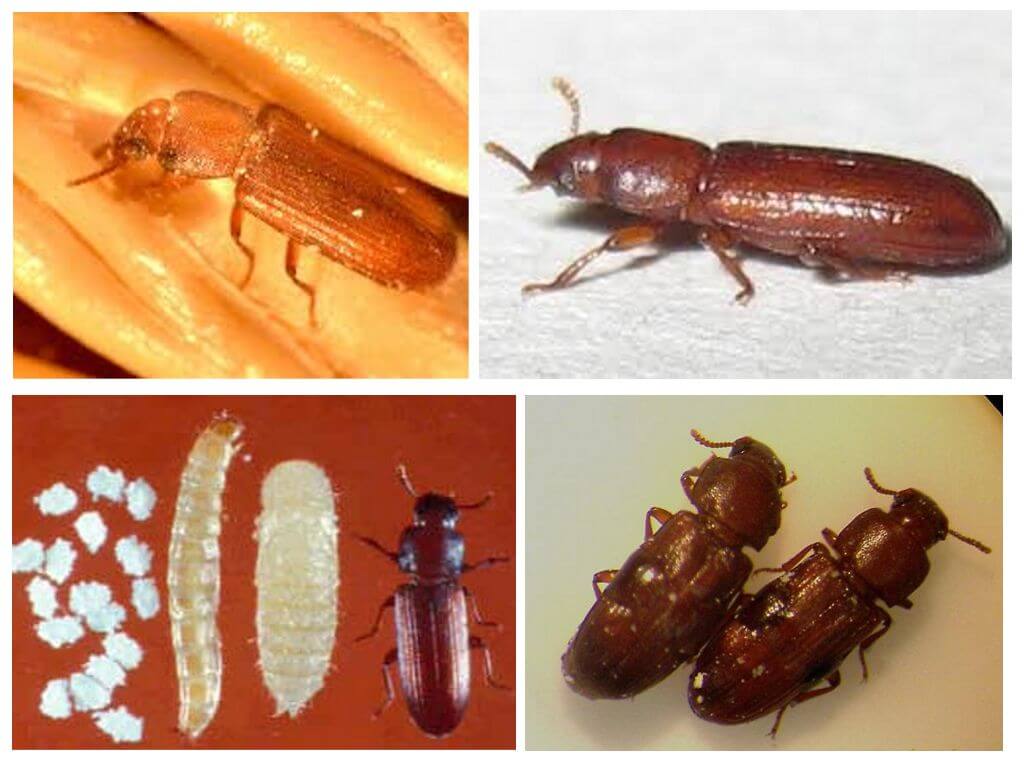
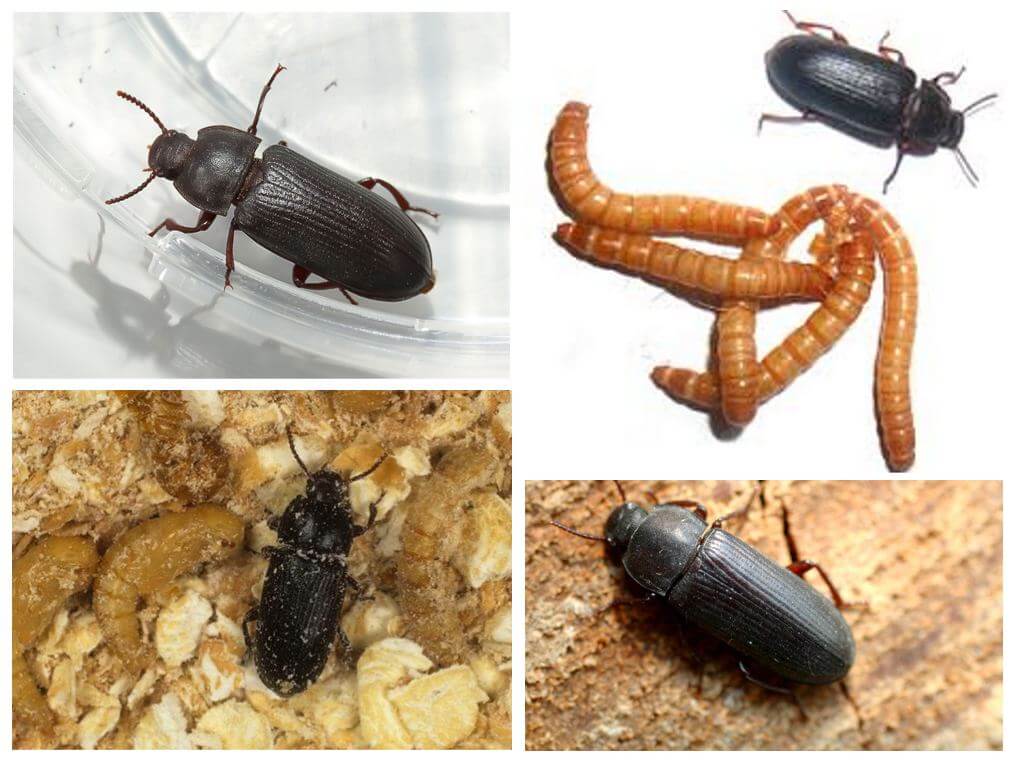
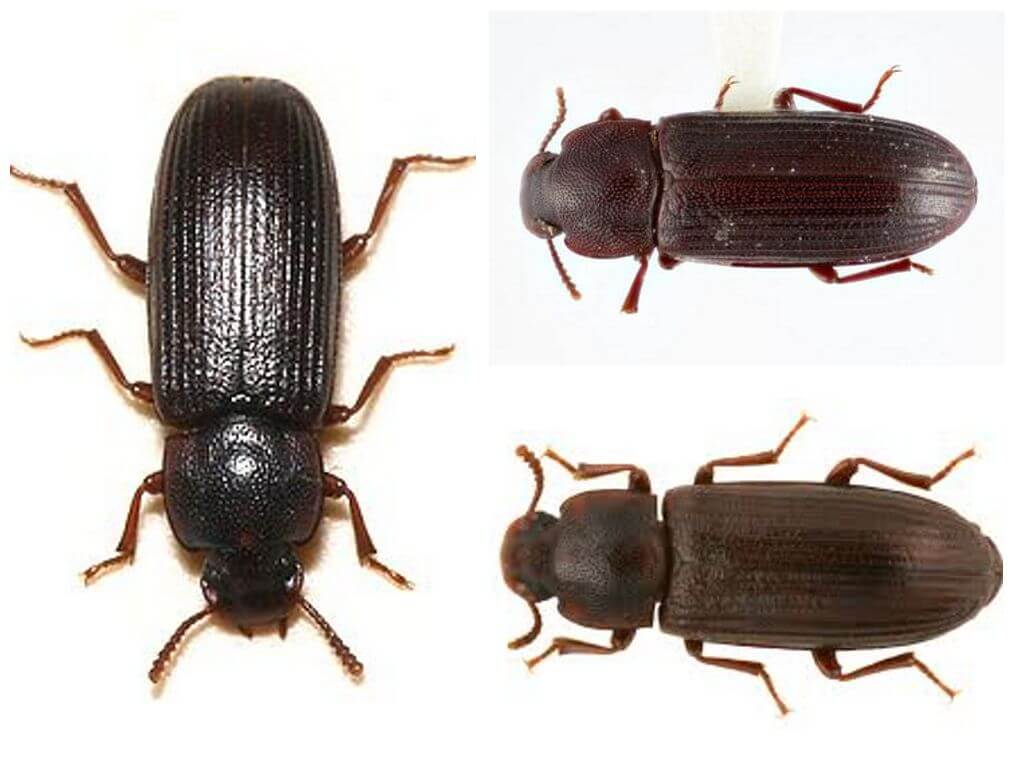
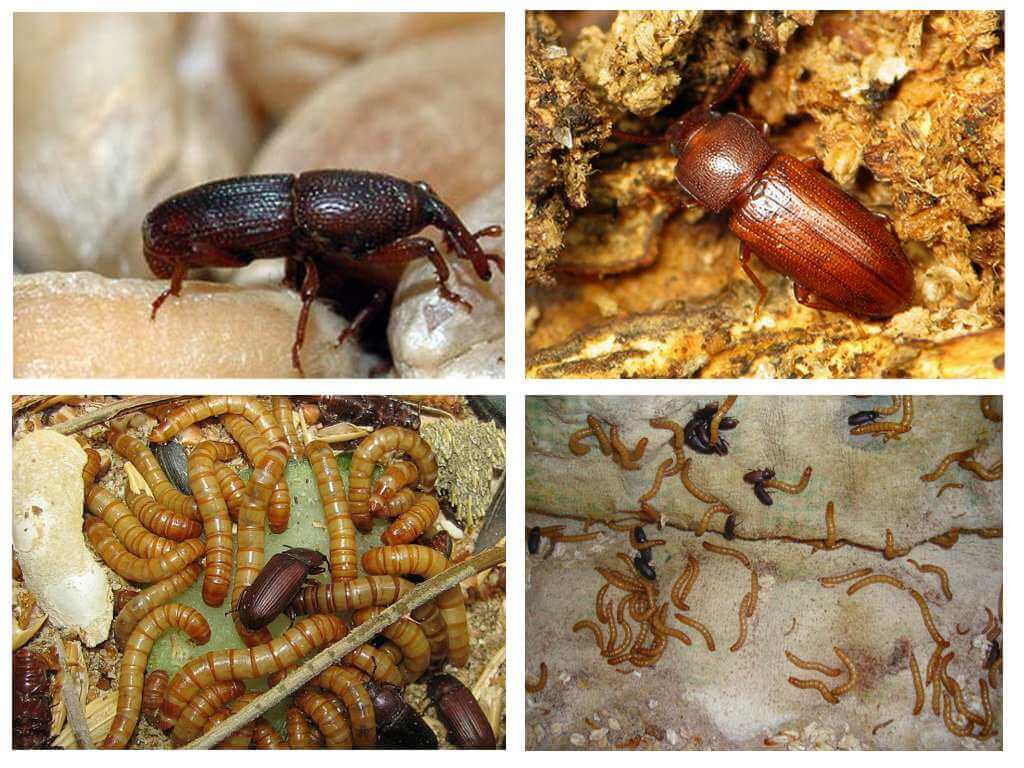
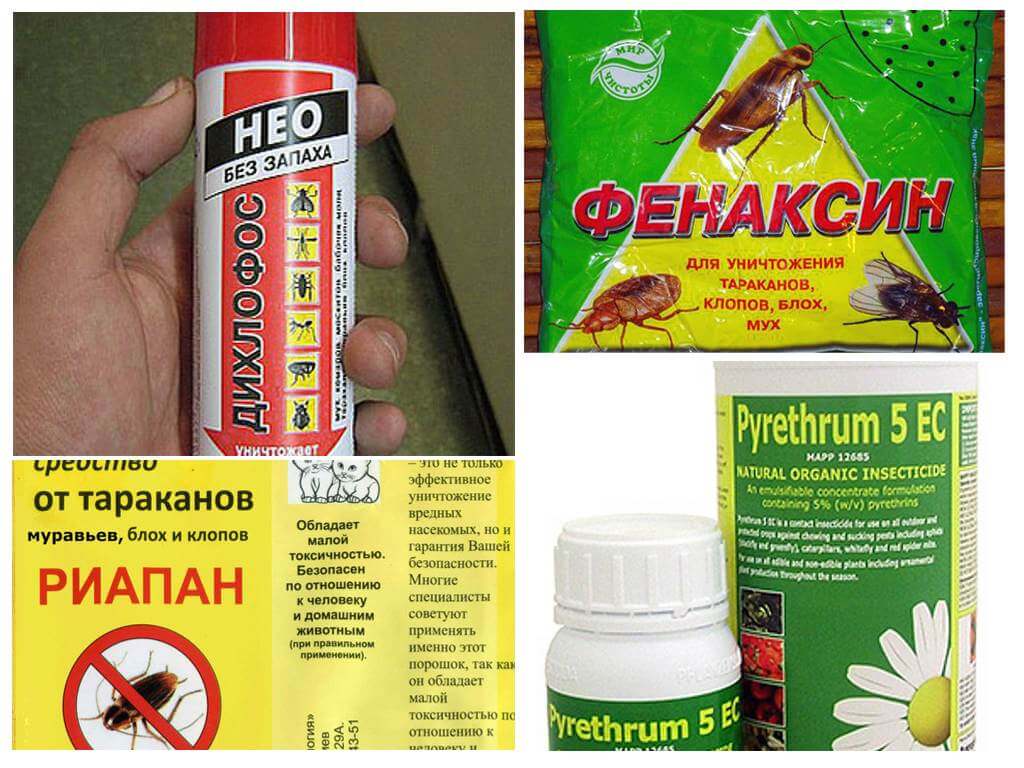

 (votes: 2, average rating: 4.50 out of 5)
(votes: 2, average rating: 4.50 out of 5)


